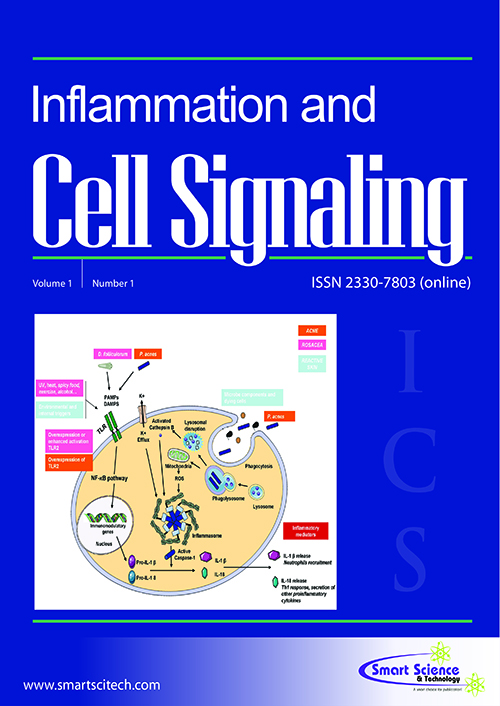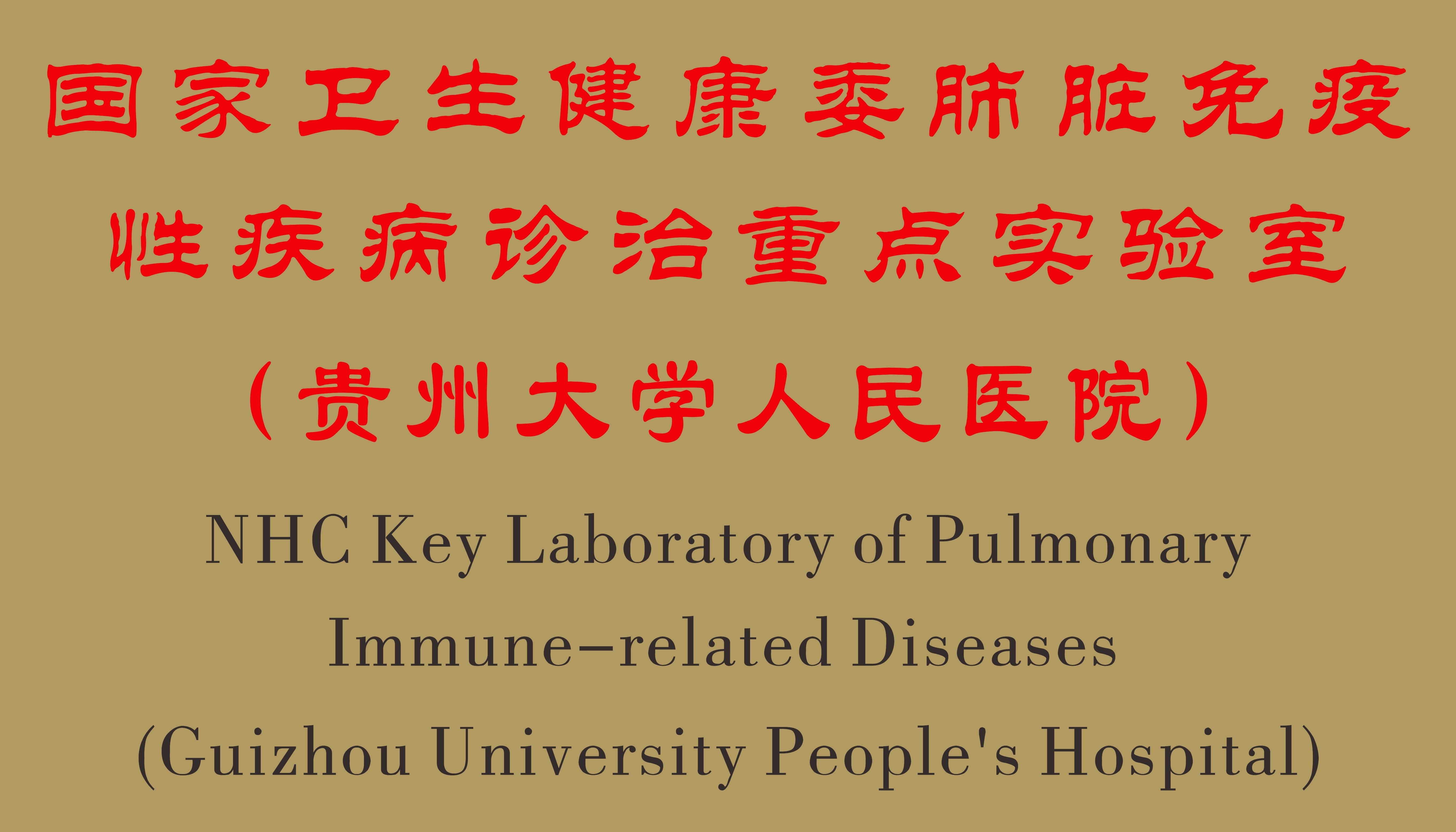Epidemiological and clinical features of coronavirus disease 2019 (COVID-19) cases in Guizhou Province in Southwest China
DOI: 10.14800/ics.1150
Abstract
Most of the clinical research on coronavirus disease 2019 (COVID-2019) has focused on patients in Wuhan, Hubei, China. This study describes the clinical characteristics of COVID-19 patients outside of Hubei. Eighteen confirmed COVID-19 patients at Guizhou Provincial People's Hospital were included. They were divided into nonsevere and severe groups, and their epidemiological characteristics, demographics, clinical manifestations, and laboratory results were reviewed and compared. All patients were infected through human-to-human transmission, and 9 were imported cases. The clinical features were mainly cough (16 [89%]), fever (11 [61%]), and sputum production (9 [50%]). Most patients had bilateral pneumonia. There were significant differences in the level of lactate dehydrogenase (LDH) (179 [142-193] vs 289 [260.25-368.75]), level of serum ferritin (267.2 [100.5-675.2] vs 614.85 [528.5-870.78]), lymphocyte count (1.52 [1.40-1.60] vs 0.59 [0.47- 1.05]), and CD cell count (1576 [1040-1696] vs 444 [312-592] CD3+ T cells, 692 [420-708] vs 144 [128-320] CD4+ T cells, 796 [632- 892] vs 228 [152-284] CD8+ T cells) between the nonsevere group and the severe group (P <0.05). As of Feb. 11th, 9 people had been discharged after treatment. This study suggests that COVID-19 cases often occur in clusters. Patients with severe COVID-19 had abnormalities in inflammation and immune indicators. Most patients outside Hubei had a good prognosis.














